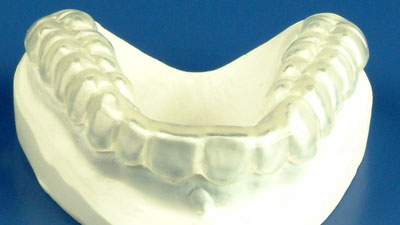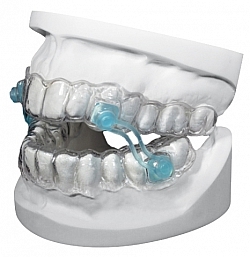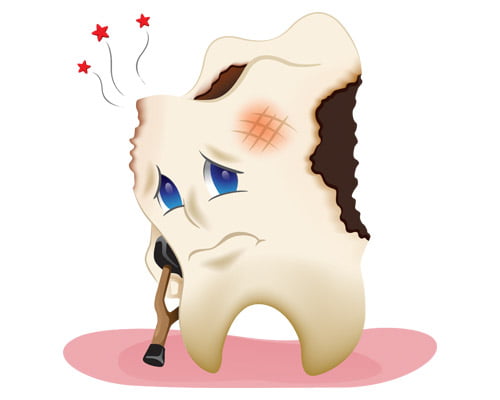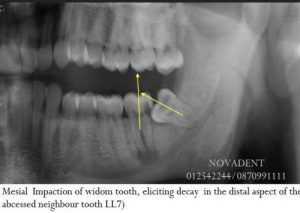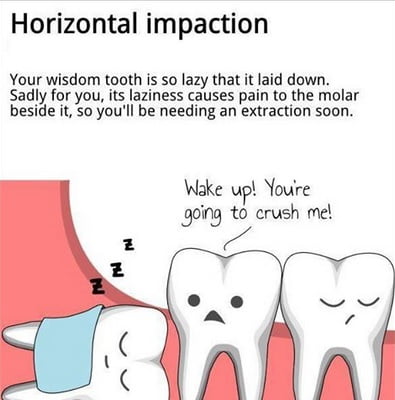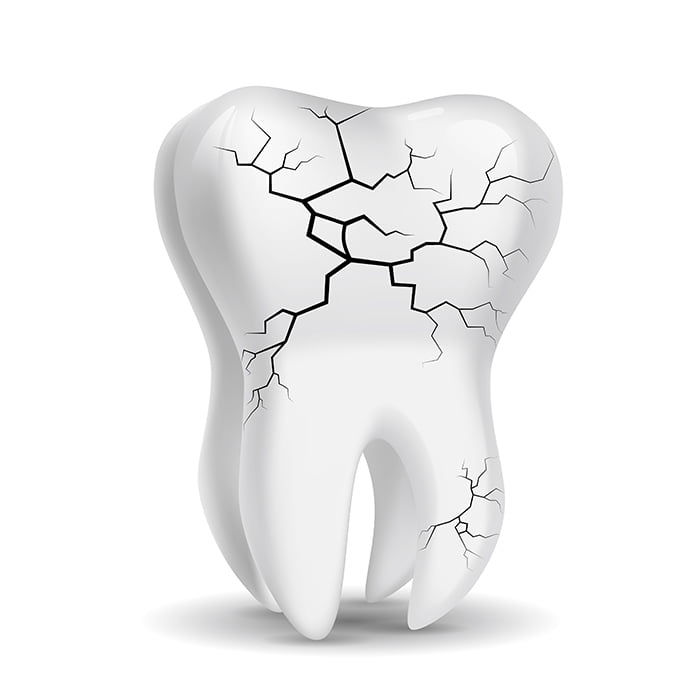Infected tooth/Gums in your mouth is a MAJOR health Hazard- Clean Your mouth NOW and life will Sparkle!
A new study adds to a growing body of evidence that shows having healthy teeth and gums leads to better chances of having a healthy heart.
“The bacteria in our mouth can get into our bloodstream and cause and inflammation that can spread from our mouth to our whole body and the heart and cardiovascular system is very susceptible to infection.” The study presented to the American Heart Association also showed the more infected teeth there were, the higher the risk for heart disease.
Treatment of Gums and removal of causative agent causing gum disease like plaque is must .
Scaling is needed on a regular basis by every one. It is suggested that scaling should ideally be done at six monthly intervals.
Scaling, Cleaning and Polishing of the teeth is the basic treatment of gum disease, and maintenance of overall gum and body health.
Most of the adult population will have a form of gum disease and the bone supporting the teeth and gums will shrink/resorb over time.
Scaling and polishing done with our modern and gentle supersonic scalers remove plaque, calculus and staining that simply cannot be removed even with meticulous home care- brushing and flossing.
At our dental clinic, we use the supersonic technology.
The supersonic unit’s small tip and high frequency scaling tool along with its water spray technology delivers higher patient comfort and makes the procedure for the removal of calculus (tartar) painless and more time-effective.
Due to its transparent color we are not able to see plaque but by using disclosing tablets one can actually see it.
Disclosing tablets or solution is used to expose plaque, and can help you see where the plaque is located. These agents are harmless and contain a vegetable dye that stains any areas of plaque on your teeth.
A tablet is thoroughly chewed and swished around the teeth and gums for maximum coverage and then rinsed out
Our method of Scaling, Cleaning and Polishing is a deep clean, a more extensive version of a standard hygiene treatment with the use of super-sonic jets to de-scale your teeth and different types of cleaning and polish paste. Based on your dental health exam findings our dentist in collaboration with you will establish the priority of the treatment and how the treatment will be carried out. Our dentist will determine what paste will be used for your scaling, cleaning and polishing treatment based on your dental exam findings .
How dental cleanings are performed at ours office?
Our practice aims not only to remove the tartar but also to do everything in our power to make sure that tartar does not accumulate so quickly. This is why every patient’s teeth are cleaned in three/four phases.
First, we remove the rough plaque or tartar with a supersonic tartar remover.
A special cleaning paste is then used to remove fine tartar and stains from all outer surfaces of the teeth.
The cleaning paste unique formula – provide effective removal of biofilm and extrinsic staining and gives greater luster for whiter, brighter teeth.
Finally, we polish the teeth with a fine polishing paste, which restores the teeth their smooth and shiny surface. Tartar does not accumulate so easily on teeth which have been treated this way, and if it does, it is much easier to remove.
It is now known that early white spot lesion can progress to a cavity, remain static or reverse via remineralisation. The presence of fluoride has been shown to promote the process of remineralisation and the ‘healed’ lesion has been shown to be more resistant to caries attack.
For preventing and/or remineralizing dental caries – application of topical remineralising (application of varnish fluoride which is the cornerstone of caries prevention).
Highlights
Decrease acid solubility of enamel
Enhances Remineralisation
Antimicrobial action
Get whiter teeth and healthier gums. Excellent esthetic results.
Smoothes off the enamel surface and makes it more difficult for bacteria to adhere
Supersonic scaler removes dental plaque and calculus from surfaces of teeth.
Removes coffee stains and clears away tartar.
Helps prevent tooth decay and infection
Saving Money
Dental procedures such as root canals, surgeries and implants are expensive and your dental insurance may not cover the cost for many of these procedures. By preventing gum disease, tooth loss and by taking proper care of your teeth, you can avoid such treatments and save a lot of money in the long run.
Prevention is less expensive than treatments it Saves Smiles, Saves Money and Keeps your Body Healthy!
Poor oral health is linked to an elevated risk of cardiovascular disease, diabetes, lung disease and respiratory ailments.







